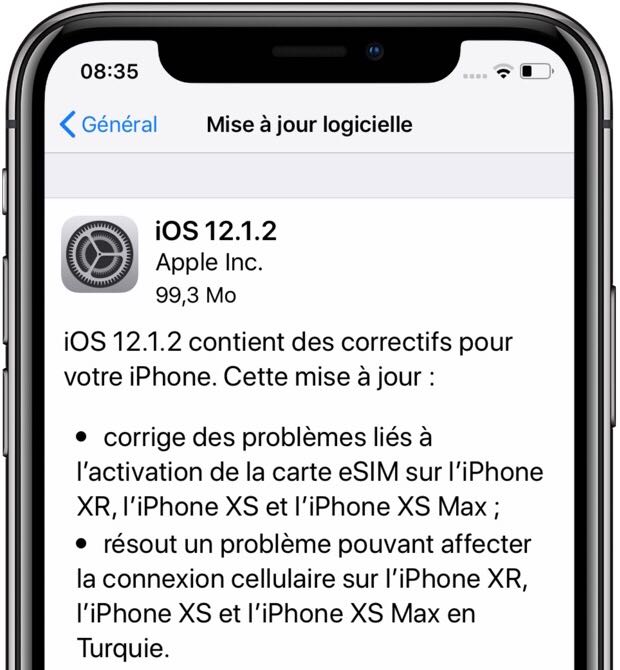While the new Macswere announced during Apple's latest Keynote, comparisons with old models come from all sides. For our part, we looked yesterday at whatdifferentiated the M3 iMacs from their predecessors, and we reiterated earlier todaywith MacBook Pros.
Let's now talk about a characteristic that seems to be the subject of debate, namelysupport for external monitorsby the latter. Despite the fact that the Apple firm has improved many aspects, this could apparently slow down some.
The basic version does not improve
Since the Cupertino-based firm has equipped its computers with its Apple Silicon chips, it's always the same thing. Whether on the M1, the M2, or the M3,their base versions do not support support for more than one external monitor. People who therefore need to work with more than two screens are forced to turn to a more high-end model. The Pro and Max versions of Apple processors actually support multiple displays.
Here is what you can do depending on the version:
- M3
- 1 external screen up to 6K/60 Hz
- M3 Pro
- Up to 2 external displays at 6K/60 Hz over Thunderbolt
- Or 1 at 6K/60 Hz on Thunderbolt and 1 at 4K/144 Hz on HDMI
- Or 1 to 8K/60 Hz or 1 to 4K/240 Hz over HDMI
- M3 Max
- Up to 4 external displays: 3 at 6K/60 Hz over Thunderbolt and 1 at 4K/144 Hz over HDMI
- Or up to 3 displays: 2 at 6K/60 Hz on Thunderbolt and 1 at 8K/60 Hz or 1 at 4K/240 Hz on HDMI
Apple knows its customers
One thing is certain, Tim Cook's teams seek to satisfy their users as much as possible. If Apple hasn't improved screen support on the base version of its chips so far, it's probably not for nothing.
MacBook Pro 14" M3 512 GB at the best price Base price: €1,999
See more offers






